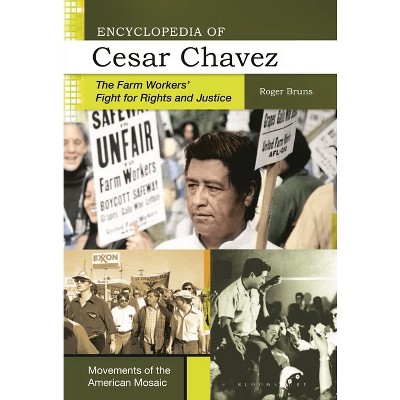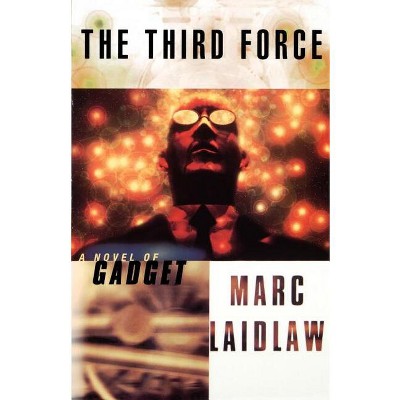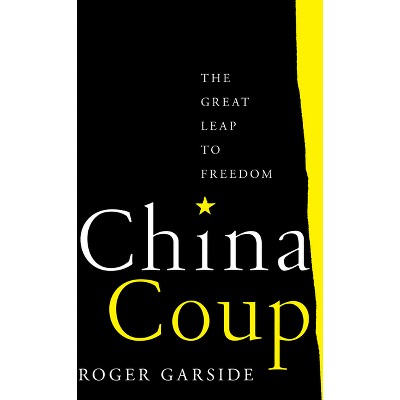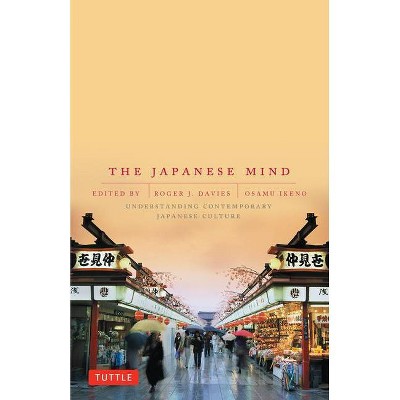CIA and Third Force Movements in China during the Early Cold War - by Roger B Jeans (Hardcover)

$136.00 when purchased online
Target Online store #3991
About this item
Highlights
- When the Chinese Communists defeated the Chinese Nationalists and occupied the mainland in 1949-1950, U.S. policymakers were confronted with a dilemma.
- About the Author: Roger B. Jeans is Elizabeth Lewis Otey Professor of History emeritus at Washington and Lee University.
- 342 Pages
- History, Asia
Description
About the Book
"This study examines the CIA's "third force" strategy--providing support for a third-party alternative over two primary on-the-ground options--in East Asia during the first decade of the Cold War. The author argues that the strategy failed due to a lack of understanding of the historical and cultural contexts of the region"--Book Synopsis
When the Chinese Communists defeated the Chinese Nationalists and occupied the mainland in 1949-1950, U.S. policymakers were confronted with a dilemma. Disgusted by the corruption and, more importantly, failure of Chiang Kai-shek's Nationalist armies and party and repelled by the Communists' revolutionary actions and violent class warfare, in the early 1950s the U.S. government placed its hopes in a Chinese "third force." While the U.S. State Department reported on third forces, the CIA launched a two-prong effort to actively support these groups with money, advisors, and arms. In Japan, Okinawa, and Saipan, the agency trained third force troops at CIA bases. The Chinese commander of these soldiers was former high-ranking Nationalist General Cai Wenzhi. He and his colleagues organized a political group, the Free China Movement. His troops received parachute training as well as other types of combat and intelligence instruction at agency bases. Subsequently, several missions were dispatched to Manchuria--the Korean War was raging then--and South China. All were failures and the Chinese third force agents were killed or imprisoned. With the end of the Korean War, the Americans terminated this armed third force movement, with the Nationalists on Taiwan taking in some of its soldiers while others moved to Hong Kong. The Americans flew Cai to Washington, where he took a job with the Department of Defense. The second prong of the CIA's effort was in Hong Kong. The agency financially supported and advised the creation of a third force organization called the Fighting League for Chinese Freedom and Democracy. It also funded several third force periodicals. Created in 1951 and 1952, in 1953 and 1954 the CIA ended its financial support. As a consequence of this as well as factionalism within the group, in 1954 the League collapsed and its leaders scattered to the four winds. At the end, even the term "third force" was discredited and replaced by "new force." Finally, in the early 1950s, the CIA backed as a third force candidate a Vietnamese general. With his assassination in May 1955, however, that effort also came to naught.Review Quotes
[Jeans" draws upon Graham Greene's work to conclude with a damning assessment of CIA intervention overseas, stating that despite the legacy of China and Vietnam, the CIA has "never learned its lesson about the perils and costs of covert intervention in someone else's country" (263). [He] has clearly illustrated this in his important study, which brings together historical fields including military and intelligence studies and Chinese and American cultural and political history, and will be of immense use to readers interested in the Cold War, Sino-American relations, and the complexities and immoralities of US empire.
As Chinese Communist forces swept to victory in 1949 and Chiang Kai-shek's government seemingly imploded, some American policy makers fantasized about a 'Third Force, ' a movement of pro-democracy, pro-American leaders opposed to both the CCP and Chiang. Enter the CIA and covert operations and the Third Force project was born. This project has been shrouded in secrecy and indeed CIA records are still closed. But in this important new study, Roger B. Jeans has done a remarkable job of sleuthing to find archival sources, published material, memoirs, and, most importantly, oral interviews. This is likely the definitive study of the effort for the foreseeable future.
In this new study, Jeans has used numerous sources, including a hitherto untapped history of the Civil Air Transport (CAT) by CAT President (1949-1955) and later CIA officer Alfred T. Cox, and the recollections of both Cai Wenzhi (commander of the CIA-sponsored secret third force army) and Zhang Fakui (the pivotal figure in the Hong Kong-based third force movement), providing us a detailed and thoughtful picture of the CIA's failed efforts to back a Chinese third force between the Communists and the Nationalists in the early Cold War (1949-1954). The thoroughly researched book will be of great use to scholars of twentieth century Chinese and Cold War history. Although Chinese scholars have researched and published on many Cold War history subjects, including the CIA's psychological warfare and covert operations against China, this "Third Force" movement or operation is still a largely unexamined subject among mainland Chinese scholars.
Roger B. Jeans has done historians of China, the United States, and the Cold War an enormous favor. He has left no stone untouched in his hunt for the truth behind CIA interventions in China and Vietnam in the civil wars in these two countries. He demonstrates that their efforts to foster political and military forces amenable to US guidance in between the main opponents were as blinkered as they were inept. More than that, The CIA and Third Force Movements in China during the Early Cold War also amounts to a ringing denunciation of the CIA's continuing and increasing efforts to keep its past hidden from public scrutiny, an instinct of benefit to no one.
Roger B. Jeans tells the complicated story of a giant fiasco that has been highly classified since the 1950s and kept secret. The book is a pioneering work, thorough and well researched. It is destined to become definitive.
The story of CIA's failed efforts to back a Chinese third force between the Communists and the Nationalists during the early Cold War lays bare the futility of US covert operations in Asia, as well as the hopelessness of third force movements. Drawing on a range of underutilized American and Chinese sources, Roger B. Jeans has provided a masterful account, with a critical analysis of the failed project and an assessment of the unrealizable 'great American dream' from which the United States apparently had learned little.
About the Author
Roger B. Jeans is Elizabeth Lewis Otey Professor of History emeritus at Washington and Lee University.Dimensions (Overall): 9.0 Inches (H) x 6.0 Inches (W) x .81 Inches (D)
Weight: 1.38 Pounds
Suggested Age: 22 Years and Up
Number of Pages: 342
Genre: History
Sub-Genre: Asia
Publisher: Lexington Books
Theme: Southeast Asia
Format: Hardcover
Author: Roger B Jeans
Language: English
Street Date: November 27, 2017
TCIN: 1004176205
UPC: 9781498570053
Item Number (DPCI): 247-29-2866
Origin: Made in the USA or Imported
Shipping details
Estimated ship dimensions: 0.81 inches length x 6 inches width x 9 inches height
Estimated ship weight: 1.38 pounds
We regret that this item cannot be shipped to PO Boxes.
This item cannot be shipped to the following locations: American Samoa (see also separate entry under AS), Guam (see also separate entry under GU), Northern Mariana Islands, Puerto Rico (see also separate entry under PR), United States Minor Outlying Islands, Virgin Islands, U.S., APO/FPO
Return details
This item can be returned to any Target store or Target.com.
This item must be returned within 90 days of the date it was purchased in store, shipped, delivered by a Shipt shopper, or made ready for pickup.
See the return policy for complete information.











